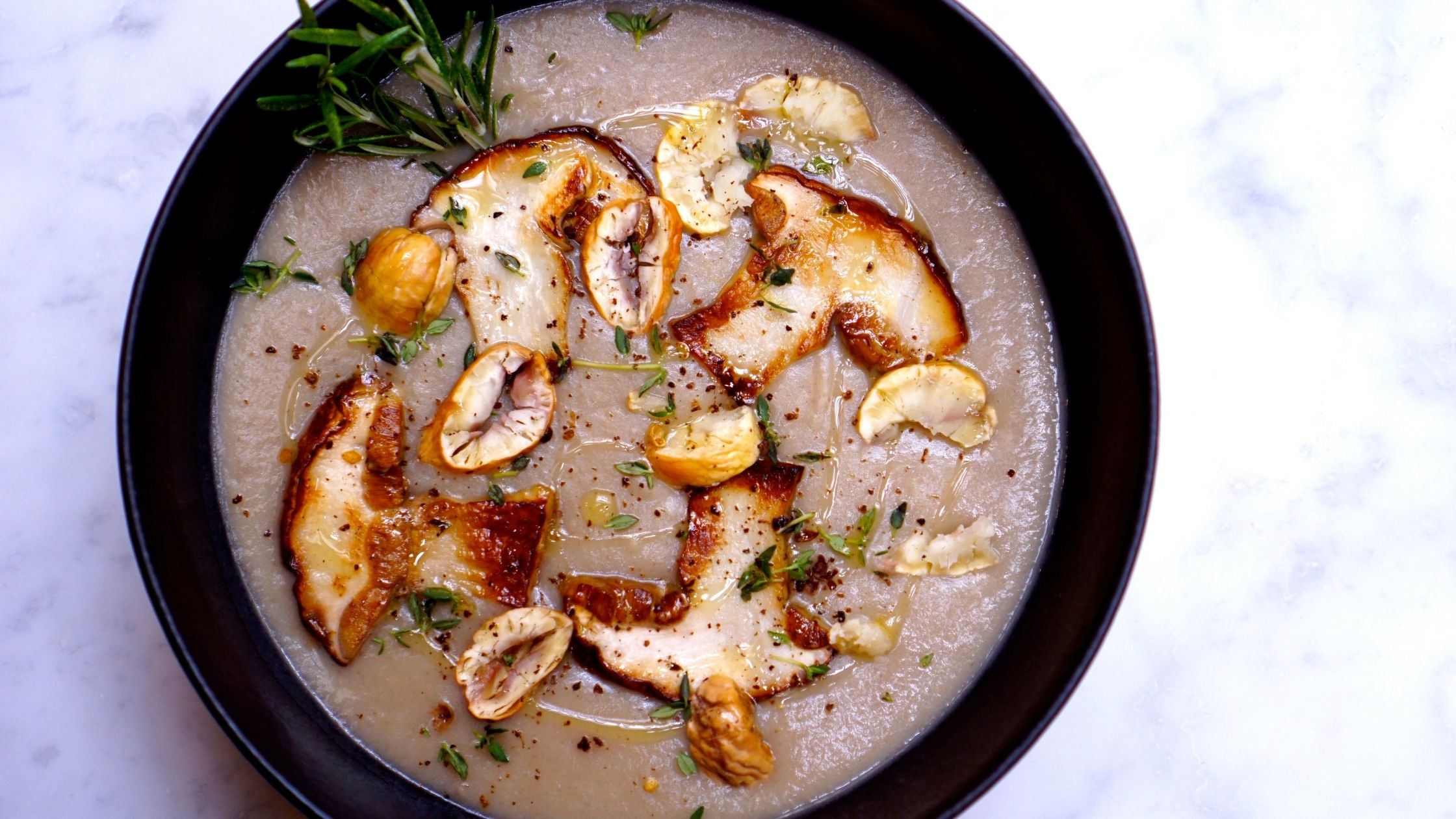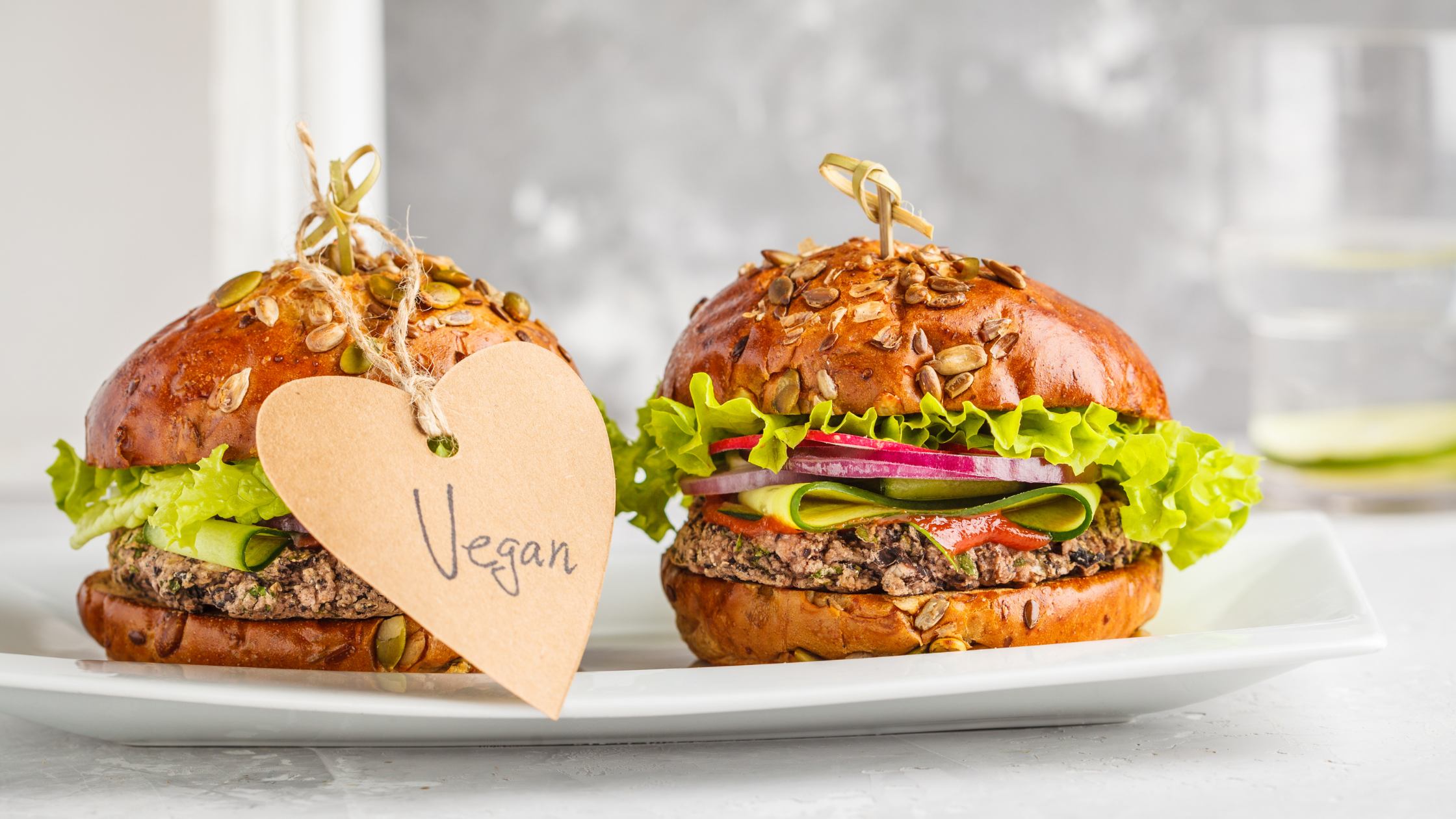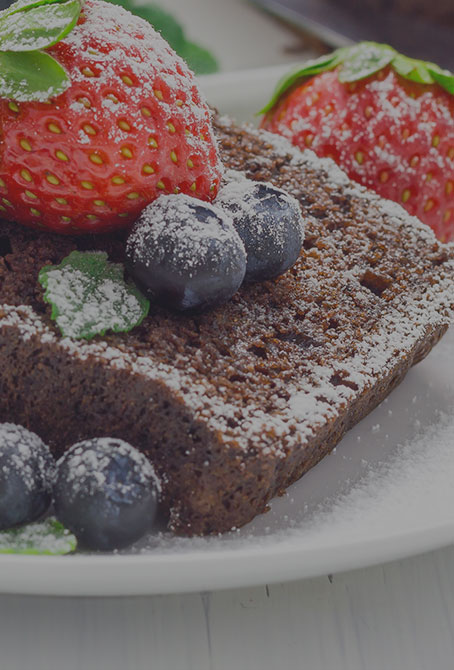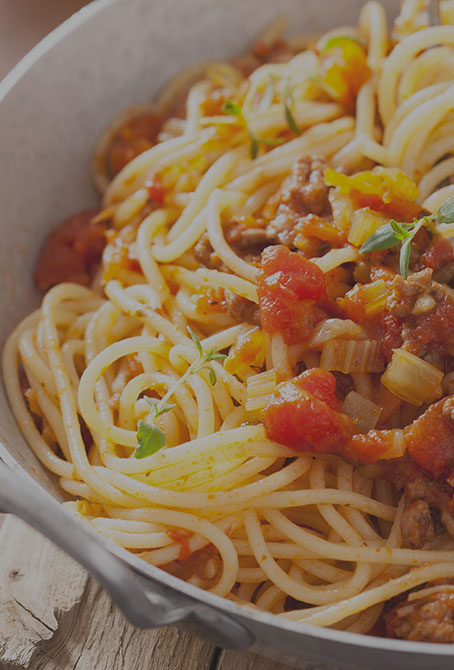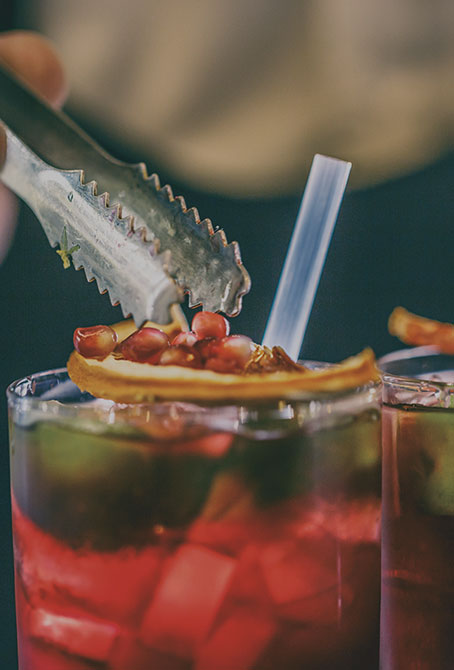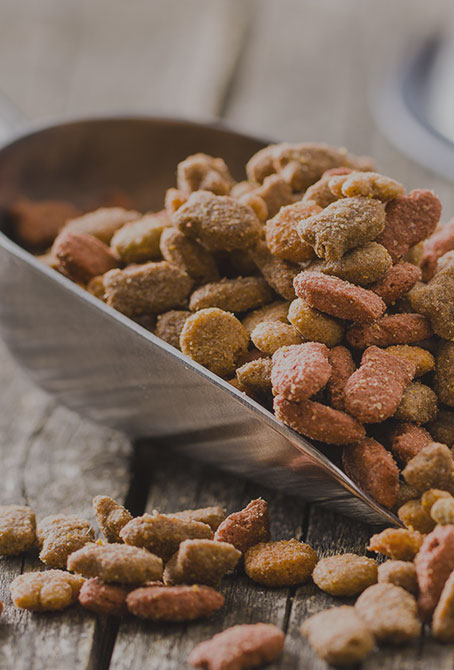Autumn is just over a month away: what should we expect in the world of ingredients, consumption habits and lifestyles? After a decidedly stressful year and a half, a hiccup recovery and major changes in the way we enjoy our food, especially away from home, the market is definitely returning to the themes of “comfort”, wellbeing – also intended as cuddle to ourselves -, and natural as an answer to over-processed and “artificial”.
Let’s start with alcoholic beverages: “NoLo” in the sense of no or low alcohol is destined to grow in importance on non-English-speaking markets, and represents an opportunity for differentiation, especially for the beer sector, which has been hard hit by the pandemic and the forced stop in the on-trade consumption. Alongside the ‘NoLo’, we will see a growing incidence of ‘better-for-you’ options, with a reduction in sugar content and a healthier positioning, such as herbal liqueur-based cocktails (aperitifs and/or digestives), gin-based cocktails and differentiation in the sector, with an increasing typification of the dominant herbaceous or spicy notes, and a return of wine-based drinks, especially red wine, known to be healthier. It is also foreseeable that we will experience the “long tail” of lockdown and Zoom aperitifs, with an increase in proposals for ready-made aperitifs and cocktails for home consumption.
The world of non-alcoholic beverages, apart from the strengthening of the “free-from” trend, will experience an increasing shift towards natural colours and products with health claims and positioning, particularly for strengthening the immune system and the general wellbeing of the body. There will also be a wider variety of non-alcoholic juice-based cocktails for more adult and differentiated consumption.
In the world of food, the trend of the year – and also for 2022 – is undoubtedly plant-based, as a consequence of the growing attention to not only personal but also environmental wellbeing. With increasing awareness of the environmental and climate impact of meat consumption, the plant-based protein market is set to grow dramatically in the near future, and could represent up to 10% of the global protein market by 2030, with an estimated value of $162 billion. Plant-based alternatives to burgers (veal and beef) and sausages (pork) are countless, with 2021 being the year of plant-based alternatives to chicken (notably ‘nuggets’). Autumn and winter will see a proliferation of plant-based replacements to fish (from breaded sticks to ‘vegetable tuna’) and increasing investments in plant-based alternatives to cheese, helped by the growing incidence of lactose intolerance among consumers.
In the more traditional food sectors there will be an increase in low-carb options, in the wake of the resurgence of ketogenic diets: “non-pasta” pasta made with pulses, and cauliflower, which is proving to be a flexible product and perfectly suited to being made into gnocchi, a pizza base or a side dish (instead of rice).
The top ingredients to look out for this coming autumn? Herbs, roots and above all mushrooms: simple and ancient ingredients, but rich in nutrients and highly adaptable to different preparations, from first courses to one-dish meals, from more “fusion” recipes to the rediscovery of ancient culinary traditions. And tradition is certainly one of the keywords for autumn, as always happens following periods of uncertainty and difficulty: the return to ancient flavours, the rediscovery of “home-made things”, grandmother’s recipes, will be increasingly evident promotional levers.
Even in the sweet sector, and particularly in the festive/recurrence sector (chocolate, bakery products, desserts), we will see trends such as premium, origin of ingredients, tradition, simplicity converge. Panettone “the old-fashioned way” with fresh, free-range eggs, slow rising, ancient stone-ground flours, Sorrento lemon and organic Madagascar vanilla, for example.
Last but not least, a look at colours: which ones will dominate autumn 2021? Will we continue to see bright, vivid tones, under the banner of optimism and hope? It seems so, but with a renewed interest not so much in the colour itself, but more in the way it interacts and blends with other colours. We can therefore say that the trend we will observe this autumn is one of harmony and balance.
According to Pantone® predictions, bright yellow, a symbol of optimism and promise for a better future, will still be the dominant colour in the second half of the year, enriched by cobalt blue inspired by freedom and the vastness of the sea, by bright green inspired by life outdoors – a post-pandemic reference. Vibrant red will also return, a harbinger of renewed dynamism and enthusiasm.





